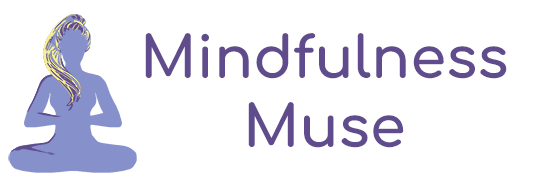Cultivate a State of “Flow”

“A good life consists of more than simply the totality of enjoyable experiences. It must also have a meaningful pattern, a trajectory of growth that results in the development of increasing emotional, cognitive, and social complexity.” – Mihaly Csikszentmihalyi
Many people have experienced a state of “flow” when they feel alive, fully present, and meaningfully connected to the task at hand. When one is in this state, worries, anxieties, and even a sense of time may drift out of conscious awareness. There is complete and utter mental and emotional immersion in the task of the present moment. There is even a sense of being able to let go of the sense of “self” that often distracts us from being fully present and connected. It is complete, awakened, conscious experiencing.
Mindfulness has a great deal to do with choosing to cultivate a state of flow. When you practice becoming consciously attuned to the present moment, fully awake to the reality unfolding all around you, you open yourself up to the possibility of becoming alive and connected in a new way. In this state of flow, people tend to feel (Alidina, 2011):
- At one with the world
- Released from the sense of an “individual self” with personal worries and problems
- Focused and alert
- Satisfaction with work and engagement
Any task that you choose to engage in within the present moment that is done with mindfulness has the opportunity to turn into a flow experience. Through mindfulness, you open yourself up to the increased possibility of becoming completely alert, awake, and connected with whatever your experience is. It is through this mindful connection to the present moment and our engagement within that moment that makes the difference between being in a state of flow or not.
Mindfulness Exercise: “Flow”
Alidina (2011) points out some key factors of flow that can be cultivated with mindfulness:
(1) Attention
To be in a state of flow, you must choose to consciously and deliberately focus your attention to the present moment. Engaging in mindfulness through formal mindfulness meditation or informal mindful awareness of the moment is a way to practice focusing and directing your attention. Mindfulness is all about attention. It is full awareness and acceptance of reality as it unfolds – noticing all aspects of experience without making any attempts to deny or change it.
(2) Direct & Immediate Feedback
When you choose to engage with the moment in a mindful fashion, you will receive immediate feedback – you will know within the moment whether your attention has wandered off or if it is focused. When you notice your mind wandering to thoughts or worries about the future or past, gently bring your attention back to the present moment.
(3) Sufficiently Challenging Task
It is not “easy” to practice mindfulness. Our minds regularly wander to thoughts and feelings that distract us from being fully present and engaged. It is your willingness to continually reengage with the present moment when you notice your attention wandering that may bring you closer to cultivating a state of flow.
(4) Sense of Personal Control
Just as mindfulness is about attention, it is also about choice. Each time that you are mindful of your thoughts, feelings, and sensations as they naturally arise, you are making a choice to do so. You will begin to realize more and more that whether or not you react to any of those thoughts, emotions, or sensations is also a choice. Consider your thoughts and feelings as information. What you do with that information is entirely up to you.
(5) Intrinsically Rewarding
You are more likely to enter into a state of flow when you are mindfully engaged in a task for its own sake. If you are working on a project with the sole motivating force of getting paid or getting to go home, you are much less likely to enter into a true state of flow. No matter what you are doing in the moment, whether it is creating a great work of art or folding the laundry, you can enter into a state of flow if you are fully present, engaged, and connected to the task for its own sake.
Can you recall moments in your life when you have felt in a state of flow? These experiences are likely to be accompanied by feelings of alertness, engagement, and deep satisfaction. It is worth noting that the more that you “try” to enter into a state of flow, the more elusive it may become. Like many things in life, a state of flow cannot be forced. Force is met with resistance. Simply recognize the conditions that make such a state of awakened connection possible and set your intention on making those factors a reality.
– – – – – – – – – – – – – – – – – – – – – – – – – – – – – – – – – – – – – – – – – – – – – – – – – – – – – – – – – – – – – – – – –
Alidina, S. (2011). Mindfulness for dummies. West Sussex, England: John Wiley & Sons, Ltd.
Featured image: Gold and blue by Steve-h / CC BY-SA 2.0
